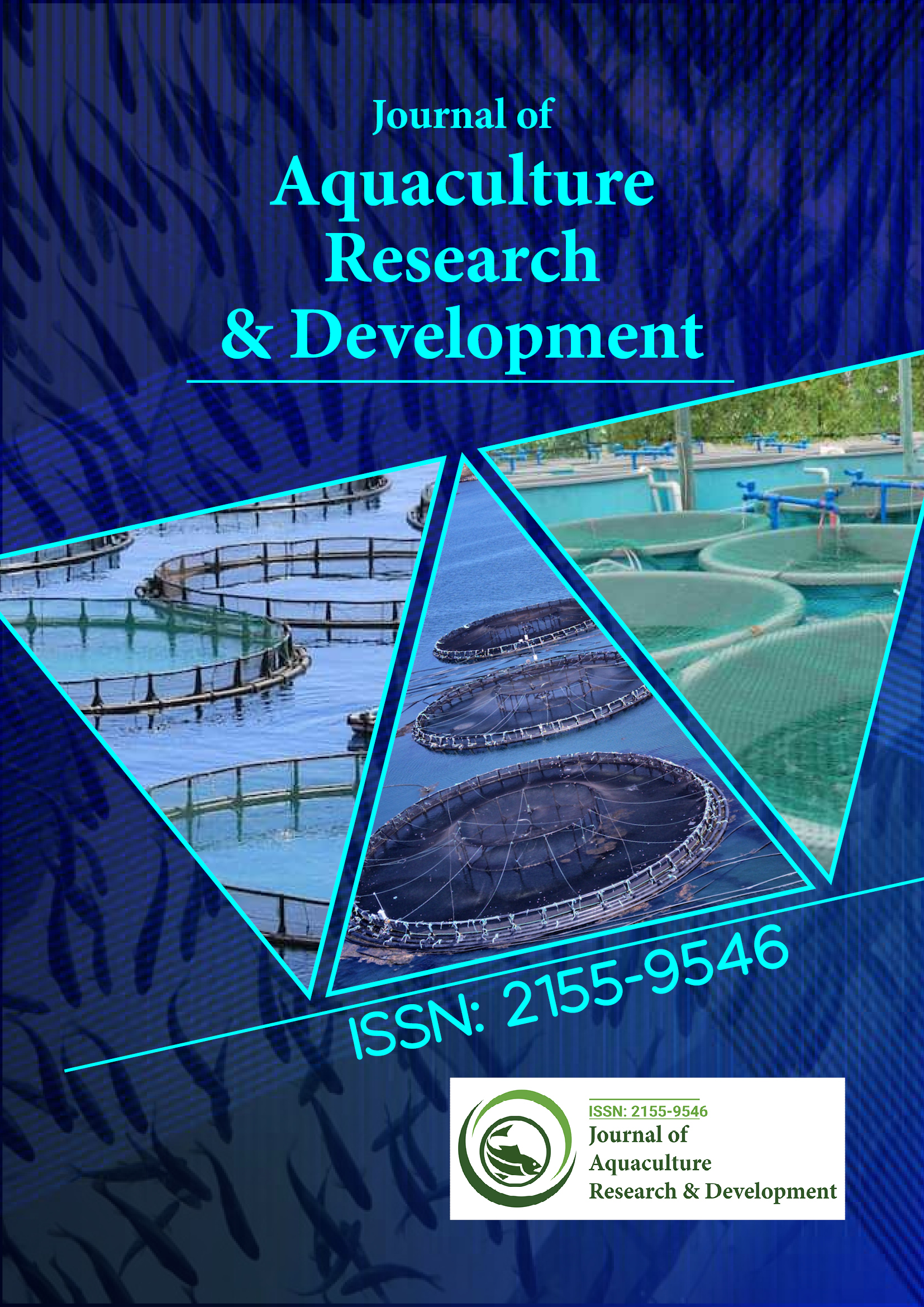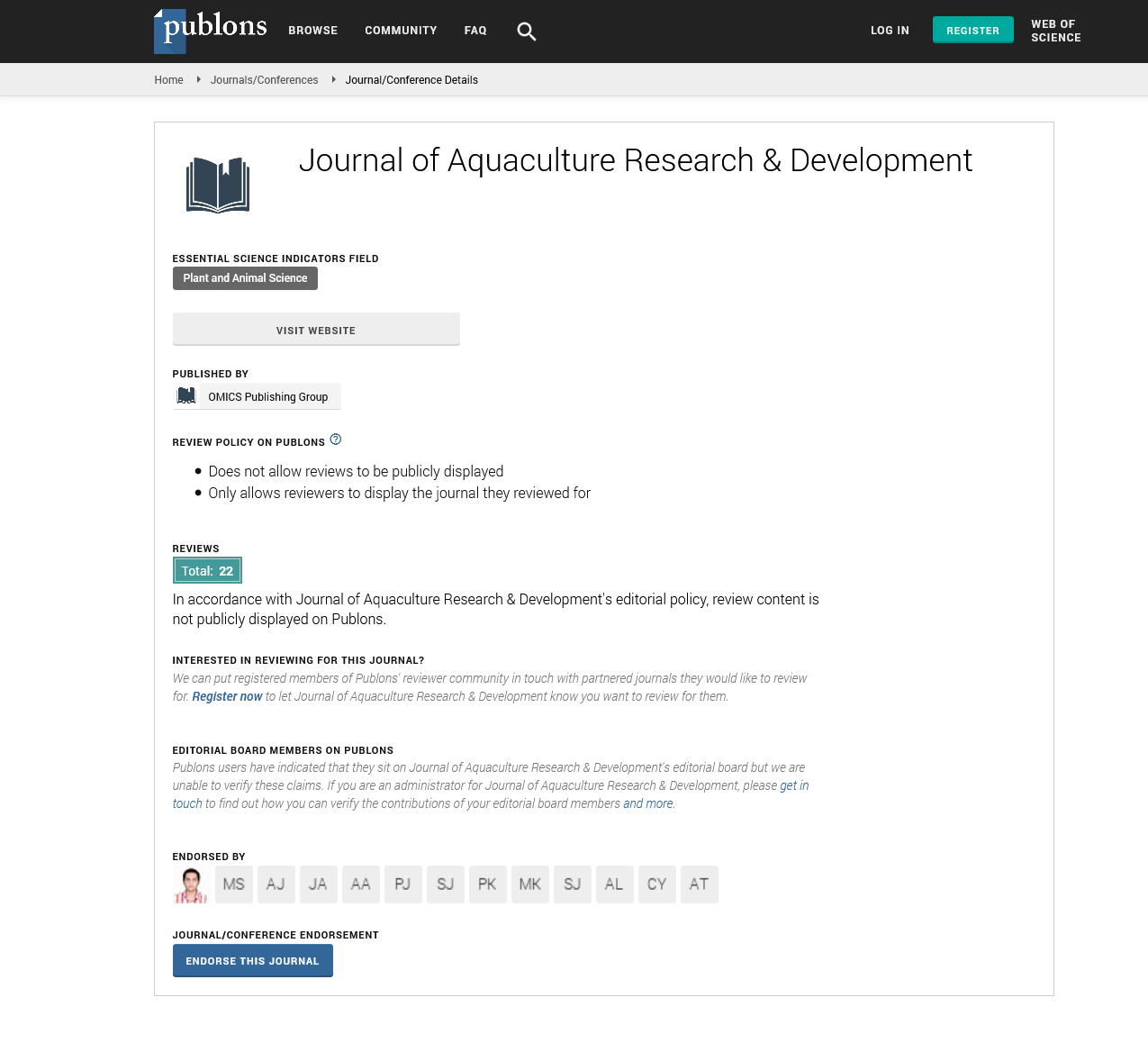Indexed In
- Online Access to Research in the Environment (OARE)
- Open J Gate
- Genamics JournalSeek
- JournalTOCs
- Scimago
- Ulrich's Periodicals Directory
- Access to Global Online Research in Agriculture (AGORA)
- Electronic Journals Library
- Centre for Agriculture and Biosciences International (CABI)
- RefSeek
- Directory of Research Journal Indexing (DRJI)
- Hamdard University
- EBSCO A-Z
- OCLC- WorldCat
- Scholarsteer
- SWB online catalog
- Virtual Library of Biology (vifabio)
- Publons
- MIAR
- University Grants Commission
- Euro Pub
- Google Scholar
Useful Links
Share This Page
Journal Flyer

Open Access Journals
- Agri and Aquaculture
- Biochemistry
- Bioinformatics & Systems Biology
- Business & Management
- Chemistry
- Clinical Sciences
- Engineering
- Food & Nutrition
- General Science
- Genetics & Molecular Biology
- Immunology & Microbiology
- Medical Sciences
- Neuroscience & Psychology
- Nursing & Health Care
- Pharmaceutical Sciences
Opinion - (2025) Volume 16, Issue 4
Mechanisms Underlying Resilience of Fish to Rapid and Sustained Environmental Stress
Erik Astley*Received: 28-Mar-2025, Manuscript No. JARD-25-29675; Editor assigned: 01-Apr-2025, Pre QC No. JARD-25-29675 (PQ); Reviewed: 15-Apr-2025, QC No. JARD-25-29675; Revised: 22-Apr-2025, Manuscript No. JARD-25-29675 (R); Published: 29-Apr-2025, DOI: 10.35248/2155-9546.25.16.986
Description
Temperature is one of the most influential environmental factors shaping the physiology, distribution and performance of fish. Unlike homeothermic animals, fish are ectothermic, meaning their body temperature and metabolic functions are strongly dependent on external thermal conditions. Fluctuations in temperature can occur rapidly due to short-term changes in water currents, weather patterns, or diurnal cycles, as well as gradually across seasons or climate shifts. To maintain functional stability, fish exhibit a combination of rapid and long-term acclimation strategies. These physiological adjustments enable survival, growth and reproduction across diverse aquatic habitats.
The study of thermal acclimation has received considerable attention in recent years due to global climate variability and the rising frequency of heat stress events. Understanding the physiological processes underlying thermal tolerance and acclimation is therefore essential for ecological forecasting, fisheries management and aquaculture sustainability.
Membrane fluidity adjustments
Cell membranes are sensitive to temperature changes, as lipid bilayer structure determines permeability and protein activity. Rapid acclimation involves alterations in lipid composition and ordering to preserve membrane fluidity. This biophysical adjustment ensures that transport systems, receptors and ion channels function despite sudden fluctuations.
Ion regulation and acid-base balance
Temperature stress disrupts ion gradients and acid-base equilibrium. Fish respond through rapid modifications in gill function, altering ion transporter activity to stabilize sodium, potassium and chloride levels. Buffering systems such as bicarbonate also respond quickly to minimize intracellular pH shifts, which otherwise impair enzymatic reactions and metabolic pathways.
Metabolic rate shifts
Metabolism is strongly temperature-dependent. Rapid acclimation involves the immediate upregulation or downregulation of metabolic pathways to align ATP supply with demand. Mitochondria can temporarily increase oxidative capacity to meet higher energetic needs during acute warming, though prolonged stress requires deeper remodeling.
Mitochondrial remodeling
Prolonged temperature exposure reshapes mitochondrial density, enzyme composition and efficiency. In cold conditions, mitochondria often increase in number to sustain ATP production despite slower biochemical rates. Conversely, chronic warm exposure reduces mitochondrial density while enhancing enzyme kinetics to prevent excess reactive oxygen species.
Cardiovascular adjustments
The cardiovascular system plays a central role in oxygen delivery under thermal stress. Long-term acclimation involves remodeling of cardiac tissue, adjustment of stroke volume and changes in hemoglobin affinity. Cold-acclimated fish may develop larger hearts to support circulation in viscous water, whereas warm-acclimated fish optimize cardiac output to sustain high metabolic demand.
Hormonal regulation
Endocrine pathways contribute significantly to thermal acclimation. Cortisol, thyroid hormones and catecholamines regulate metabolism, growth and stress tolerance. Over weeks, fish adjust hormone secretion patterns to maintain metabolic balance and support tissue plasticity under new thermal regimes.
Enzyme kinetics and isoforms
Enzymes are highly temperature-sensitive and long-term acclimation often involves alterations in isoform expression. Fish produce enzyme variants optimized for either cold or warm conditions. These shifts ensure sustained metabolic function and support processes such as glycolysis, oxidative phosphorylation and protein turnover across changing thermal environments.
Gill and respiratory modifications
Gill surface area, lamellar structure and ventilatory efficiency can adjust over longer time frames. Cold acclimation may involve expansion of respiratory surfaces to offset reduced oxygen diffusion, while warm acclimation can reduce gill surface area to minimize ion loss. These adjustments enhance respiratory efficiency across temperature gradients.
Ecological and aquaculture implications
Understanding thermal acclimation has broad implications. In natural ecosystems, acclimation capacity influences species distribution, predator-prey interactions and resilience to environmental change. In aquaculture, knowledge of acclimation can inform management practices, such as adjusting feeding regimes, optimizing water quality and breeding for thermal tolerance. Rapid acclimation enables fish to withstand acute heat stress during transport or handling, while long-term acclimation determines performance across seasonal cycles or under climate-driven warming. Selecting or conditioning species with robust acclimation capacity may support sustainable production under variable thermal regimes.
Integration of rapid and long-term mechanisms
Although rapid and long-term acclimation processes are distinct, they are functionally integrated. Rapid mechanisms provide immediate protection, buying time for the slower restructuring required for long-term stability. For example, HSP induction prevents acute protein damage, while longer-term adjustments in enzyme isoforms and mitochondrial remodeling sustain energy balance. This integration highlights the dynamic and layered nature of thermal physiology in fish.
Fish exhibit a remarkable capacity to adjust physiologically to changing temperatures through rapid and long-term acclimation. Rapid adjustments involve heat shock proteins, membrane stabilization, ion regulation and metabolic shifts, allowing short-term survival during acute stress. Long-term acclimation encompasses mitochondrial remodeling, cardiovascular adjustments, endocrine regulation, enzyme isoform expression and gill modifications, enabling sustained performance across altered environments.
Citation: Astley E (2025). Mechanisms Underlying Resilience of Fish to Rapid and Sustained Environmental Stress. J Aquac Res Dev. 16:986.
Copyright: © 2025 Astley E. This is an open-access article distributed under the terms of the Creative Commons Attribution License, which permits unrestricted use, distribution, and reproduction in any medium, provided the original author and source are credited.

